
Patios, Walkways & Driveways
We unite suppliers and green industry professionals worldwide
Also known as the Chinese cabbage, Cabbage Napa is a long leafy vegetable which is also tender and trending centuries back to Asian cooking. These pale green leaves and crisp white stalks provide a mild, delicate sweetness that is delicious both in its ra
By Mariam Scott
|Published on September 16, 2025


Also known as the Chinese cabbage, Cabbage Napa is a long leafy vegetable which is also tender and trending centuries back to Asian cooking. These pale green leaves and crisp white stalks provide a mild, delicate sweetness that is delicious both in its raw state and cooked.
This fast-growing cold-weather crop can grow into large, tight heads that will keep your salads, soups, stir-fries and fermented foods like kimchi fresh and crispy. Nutty, versatile and full of nutrients, it is much-loved among home gardeners, chefs, and households alike.
| Scientific Name | Brassica rapa subsp. pekinensis |
| Common Names | Cabbage Napa, Chinese cabbage |
| Family | Brassicaceae (mustard family) |
| Type | Cool-season leafy vegetable |

September 18, 2025
10 minute read
September 17, 2025
9 minute read
September 17, 2025
20 minute read
September 17, 2025
20 minute read


Join as a seller and connect with thousands of B2B buyers nationwide!
Sign Up
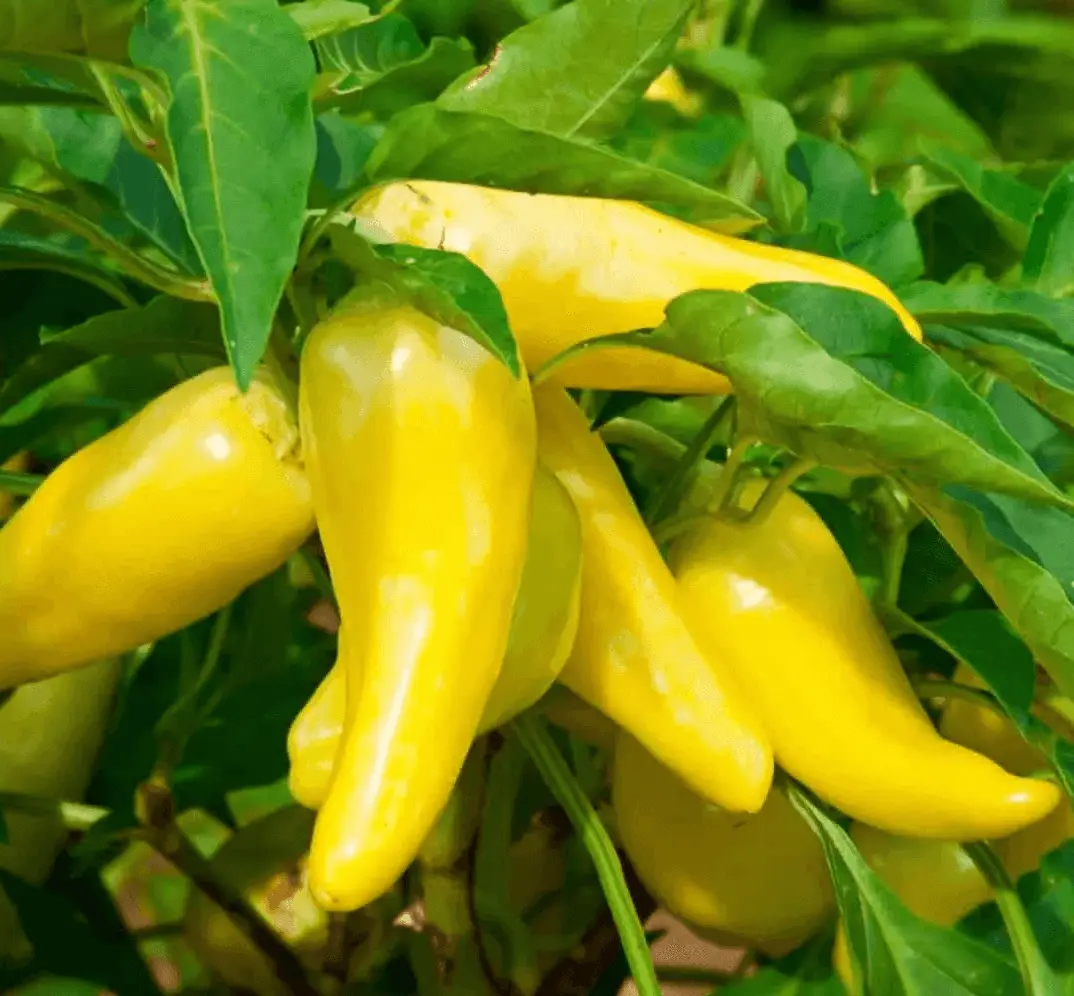
Banana Pepper
Banana pepper is a popular pepper among chilli growers and vegetable gardeners and is widely consumed. People adore them for their mild, tangy flavor that adds some zing to a dish without bringing the heat.
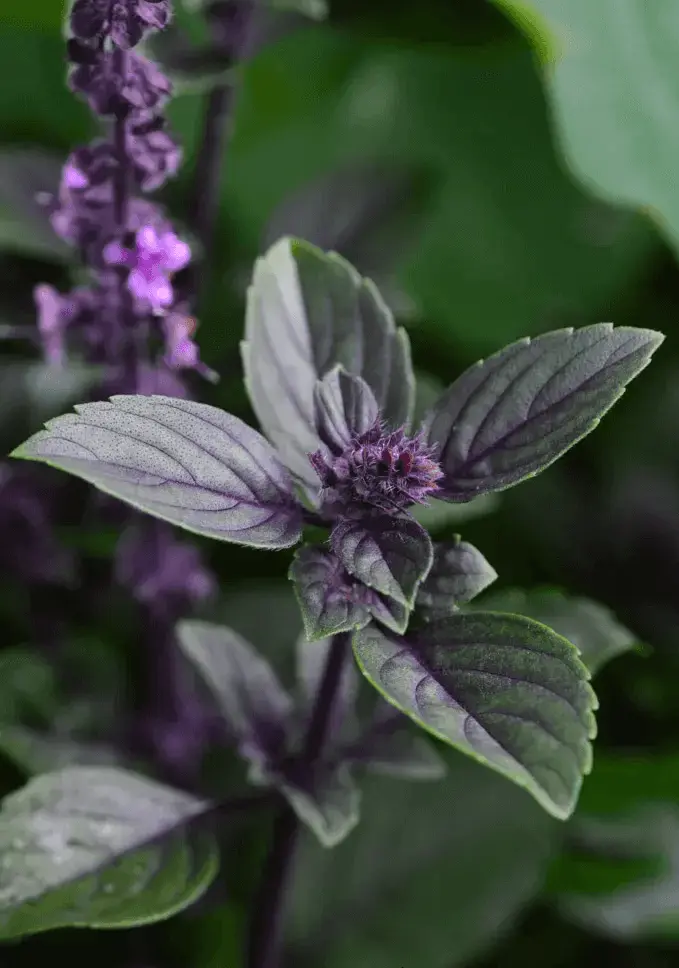
Cinnamon Basil
Basil Cinnamon is a well-known plant, which combines the scent of cinnamon and the traditional aroma of basil. It is a perennial herb of the mint family, grown in pots at home or vegetable gardens for its spicy fragrance and taste.
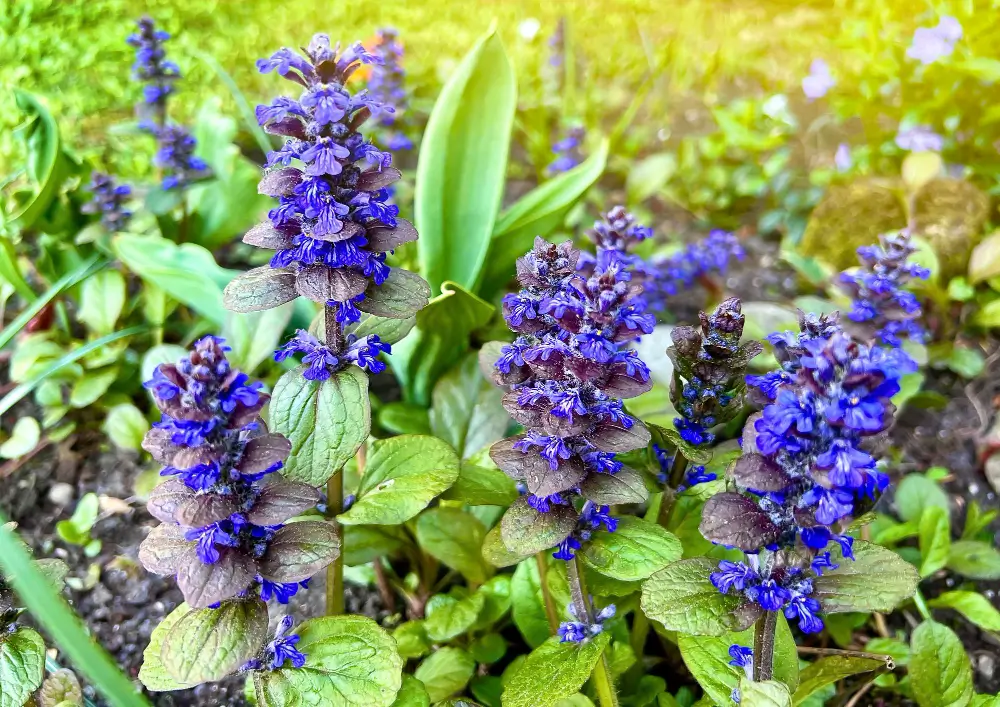
Ajuga
Ajuga is a ground cover perennial that is highly valued by many gardeners, not just for its practical features, but also for its very beautiful leaves and flowers. Ajuga is evergreen with attractive dark green glossy leaves and sprays of blue/purple (even
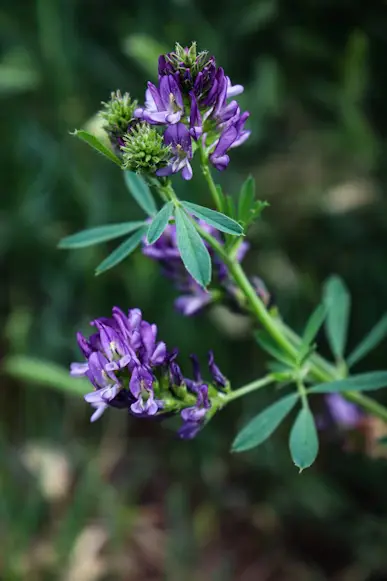
Alfalfa
Alfalfa is one of the most valuable and versatile forage crops grown around the world. Known for its resilience, fast growth, and deep root system, this hardy perennial is a favorite among farmers, gardeners, and even home sprout growers.
For centuries, Cabbage Napa has been cultivated in Asia. It is a common ingredient in Chinese, Korean, and Japanese cuisine. It is prized for its versatility and long shelf life. Farmers appreciate its productivity and consistent growth.
Cabbage Napa is found regularly in seasonal dishes and celebrations of the Asian tradition. It is often prepared during family gatherings on long winter nights. Kimchi-making festivals are held for the same purpose, which is important in Korean culture.
Cabbage Napa has a softer texture and milder taste than common round cabbage. The leaves are longer and loosely packed, making them quicker to cook. It is also less bitter and easier to digest.
This is a Chinese variety of cabbage that was cultivated more than 1000 years ago in China, and they are very popular even today, especially in Asia. It is also frequently used in making kimchi, a well-known, delicious, and nutritious Korean food. This cabbage, also called the “Chinese cabbage,” can be eaten raw or cooked in a variety of ways.
Napa cabbage can grow, reaching heights of up to 18 inches. The leaves are wide and light green with thick, white stalks. The plant is tight yet open, creating a crunchy texture.
Known to have great cooking versatility, Cabbage Napa is yummy raw, barely cooked or fermented. It works in so many applications with spices and other ingredients.
Cabbage Napa grows best in cool climates. Best growth occurs in full sun to partial shade and well-drained, moderately fertile soils. Best planted in early spring or late summer.
Napa cabbage may attract pests, including aphids and cabbage worms. Leaves also may be affected by slugs and flea beetles. When the soil is very wet for long periods, diseases, such as Clubroot and Downy mildew can occur.
Cabbage Napa seeds are small, round, and dark brown. They are smooth and easy to handle. Good-quality seeds germinate quickly under proper conditions.
Seeds sprout best in cool, moist conditions. Keep the soil evenly moist but not soggy. Germination is usually quick.
Fresh seeds grow more reliably and give stronger plants. Old seeds may sprout slowly or not at all. Proper storage helps keep seeds healthy for planting. With the right conditions, seeds can last several years. Always choose seeds from a trusted source.
Cabbage Napa is best grown from seed for healthy, uniform plants. It can be started indoors or planted directly outside. Starting indoors gives an early harvest. Plants need space to grow well and stay healthy. Thinning seedlings helps prevent crowding.
Good soil preparation makes plants stronger and healthier. Adding compost helps provide the needed nutrients. Even watering helps prevent stress and improves growth. Weeds should be removed to avoid competition. Keep soil cool and moist for the best results.
Strong plants are less likely to get sick or attacked by pests. Good care and regular checks keep plants healthy. Removing damaged leaves stops problems from spreading. Crop rotation reduces the risk of soil-borne diseases. Prevention is better than treatment.
Cabbage Napa grows quickly in the right conditions. It can be ready to eat in just a few months. Heads should be firm but still tender when harvested. Cutting them at the base helps keep the plant fresh. Storing them properly keeps them longer.
Cabbage Napa will last longer if kept fresh. Damp, cool conditions also help prevent spoilage. Do not wash them if you plan to store them, as they will rot. Wrapping helps protect the heads. Can maintain its freshness for more than a week when treated perfectly.
Napa cabbage is a mild, sweet, and versatile veggie. It grows fast in cool weather and is low-maintenance. This is a crop that can be eaten raw, cooked and fermented making it a valuable tool in any kitchen garden. Under the right circumstances, you can harvest fresh heads in just a few months.
No, it is cool weather loving and will bolt in high heat.
It matures in about 60–90 days.
Yes because its soft leaves are a great replacement for lettuce.

Patios, Walkways & Driveways
Victor Miller

Pest Identification & Prevention
Victor Miller
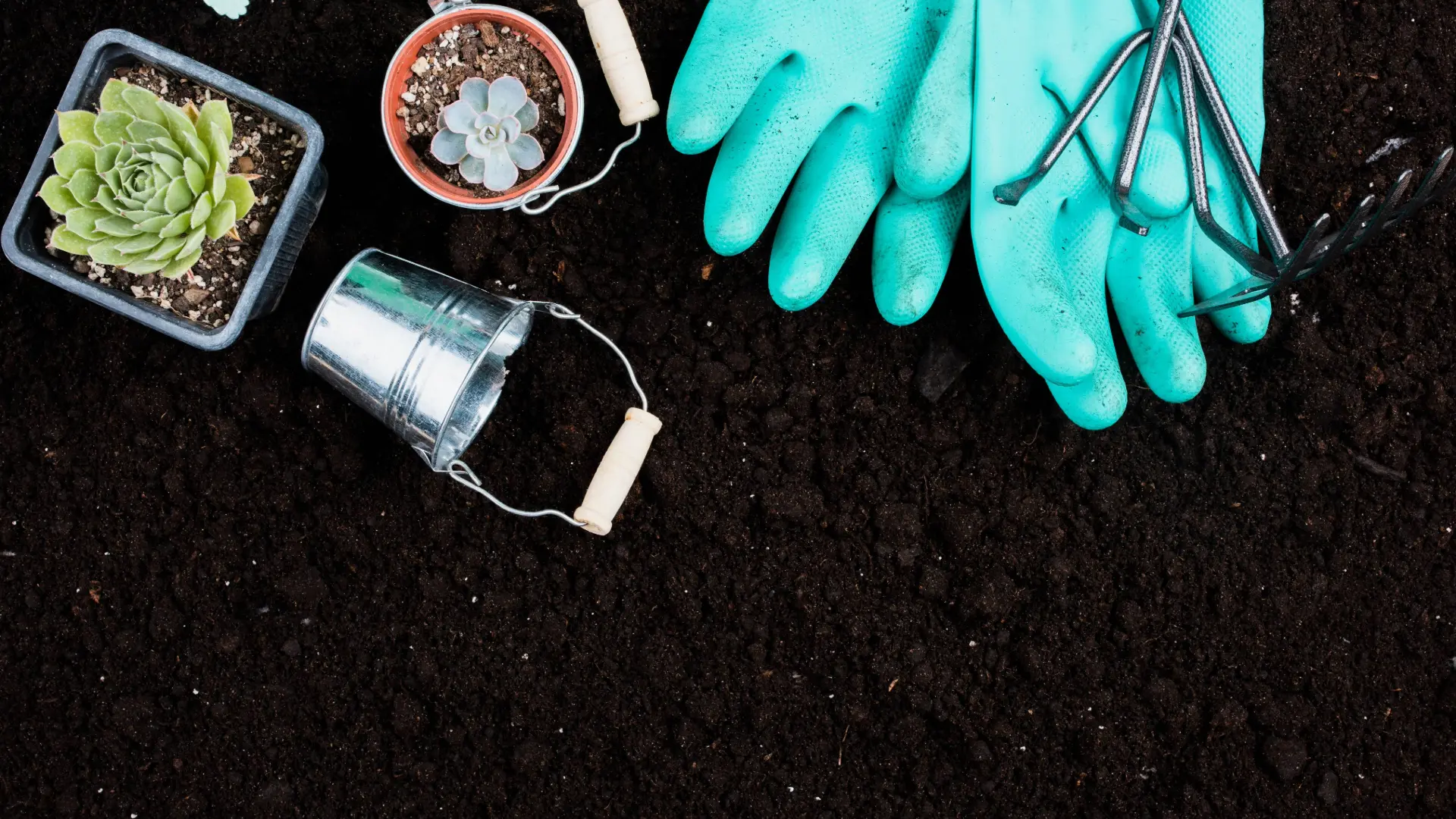
Soil Health & Fertilization
Gina Lazaarus
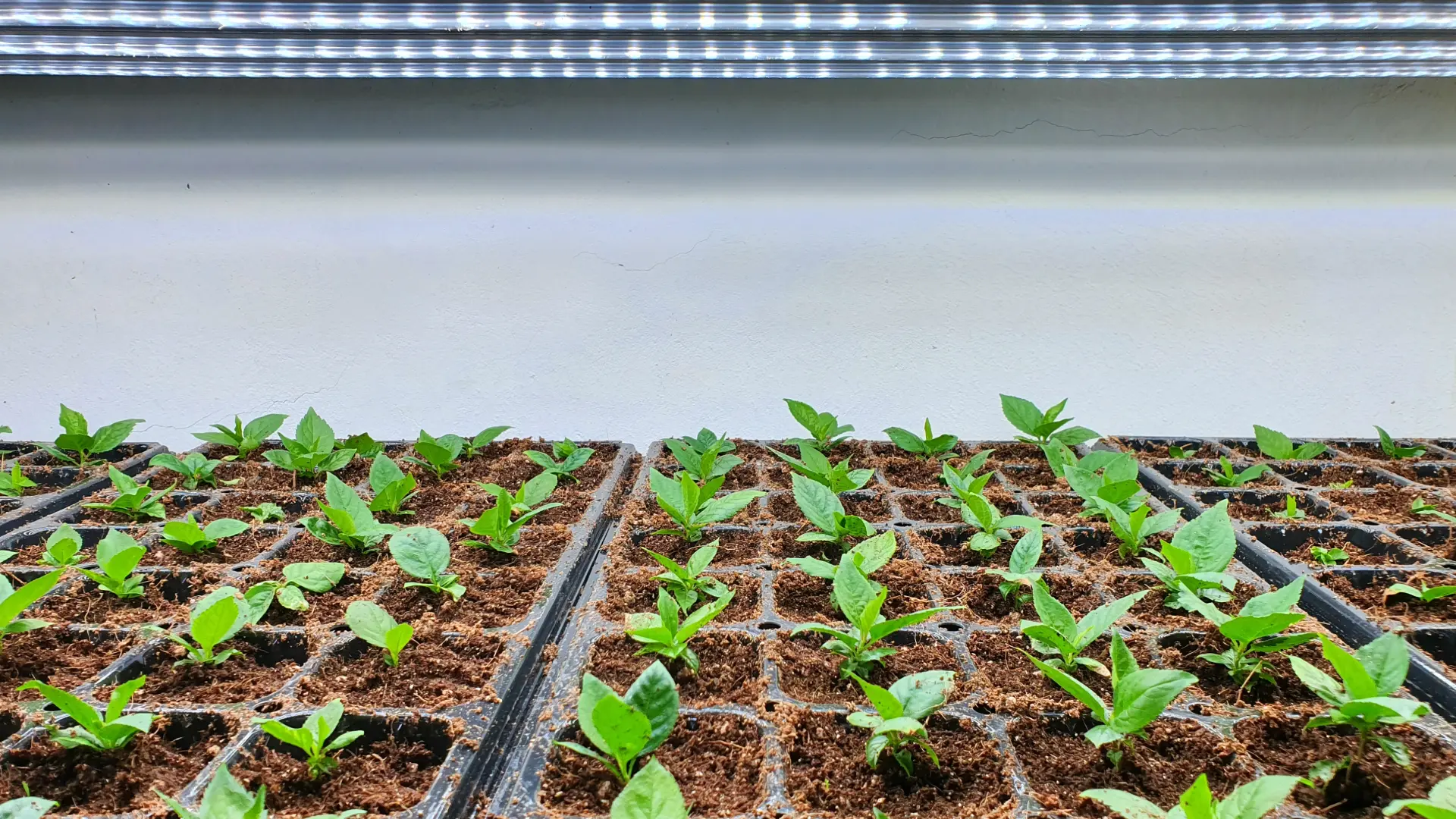
Lighting & Technique
Gina Lazaarus

Construction Tips & Techniques
Victor Miller

Maintenance & Equipment Tips
Victor Miller

Soil Health & Fertilization
Victor Miller

Organic Gardening
Gina Lazaarus
My Account
Our team is always here to help.
We are open Monday - Friday, 9:00 AM to 4:30 PM PST.